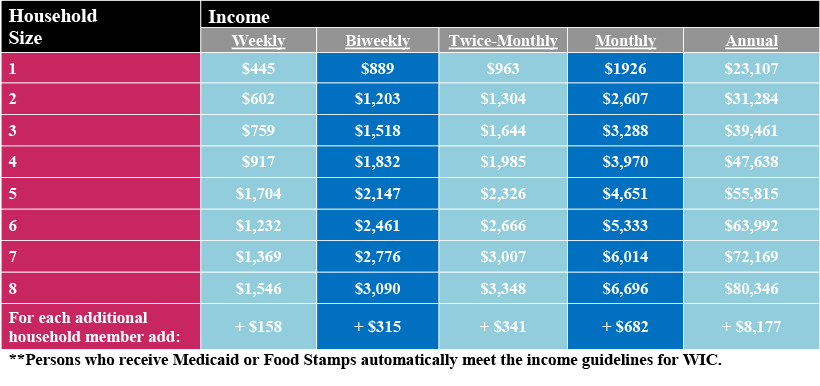
According to the Hope Center for College, Community, and Justice, 47 percent of Black students and 42 percent of Latinx students, compared to only 30 percent of their white counterparts, experience food insecurity at four-year institutions. Now more than ever, it is critical that students have access to food assistance benefits.įood insecurity on college campuses disproportionately affects people of color. During the COVID-19 public health emergency, food insecurity rates have doubled overall and tripled in households with children throughout the nation. Government Accountability Office (GAO) found that 7.3 million students-39 percent of all undergraduate students-were in households with incomes under 130 percent of the federal poverty level (FPL), and 29 percent of all undergraduates were in such households with low incomes and had another risk factor for food insecurity.
#LIVING AT HOME SNAP BENEFITS FULL#
As a result, they’re less likely to finish school than “traditional” undergraduate students who often attend full time, don’t work during the school year, and/or receive financial support from their parents.Įstimates of food insecurity among college students range widely, from 9 percent to over 50 percent, depending on the methodology and population studied. Most undergraduate students (71 percent) have at least one characteristic-such as single parenting or working part time-that makes it hard to attend college. For the first time since 1975, recent high school graduates from households with low incomes are enrolling in college at rates higher than their middle-income peers. The needs of college students have changed drastically over time, requiring more comprehensive supportive services that improve their ability to persist in and complete their education. Today’s College Students Require Greater Support The SNAP program has been shown to support work, stimulate economic growth, improve academic outcomes for children, and improve health outcomes for recipients. SNAP helps approximately 38 million people in nearly 20 million households put food on the table each month. In 2018, SNAP lifted 3.2 million people out of poverty, including 1.5 million children. The Supplemental Nutrition Assistance Program (SNAP) is our nation’s most important anti-hunger program, providing food assistance to people with low incomes, including postsecondary students, workers, children, people with disabilities, seniors, and many more.


Access to SNAP Promotes Food Security, Improves Wellbeing, and Reduces Poverty


 0 kommentar(er)
0 kommentar(er)
